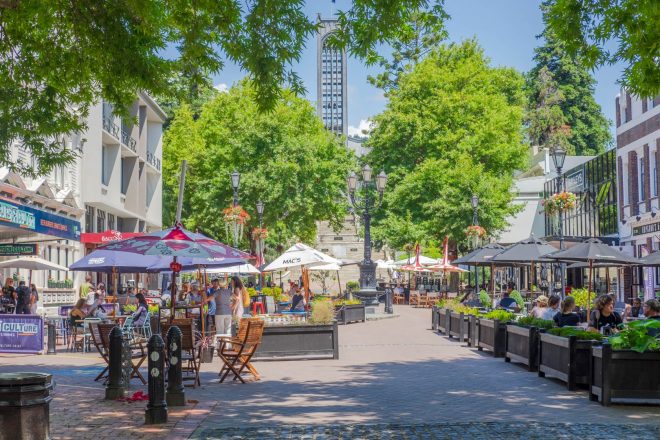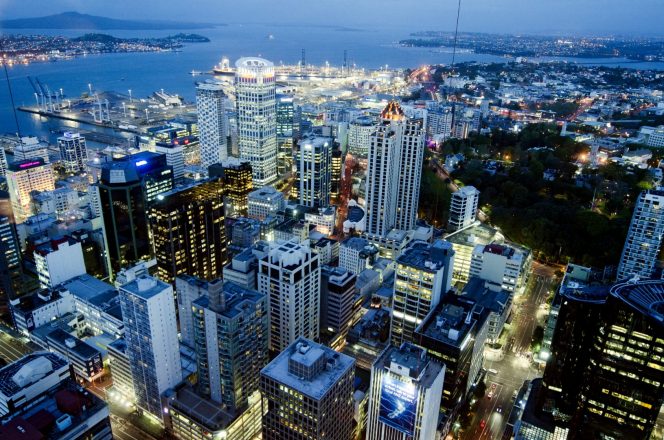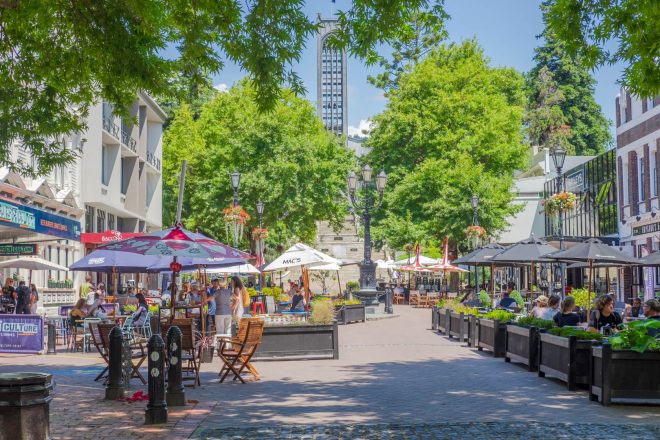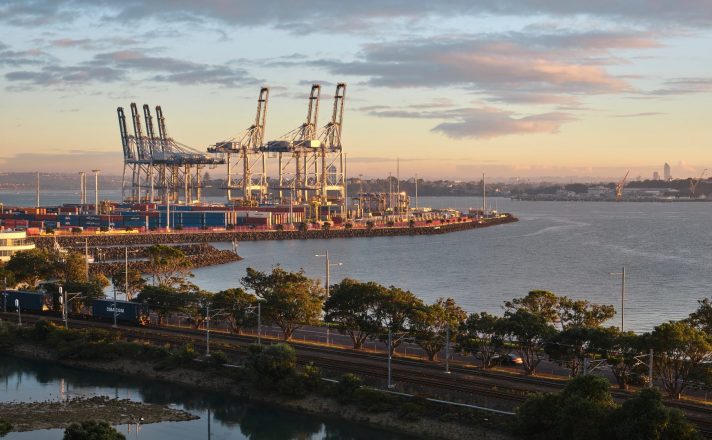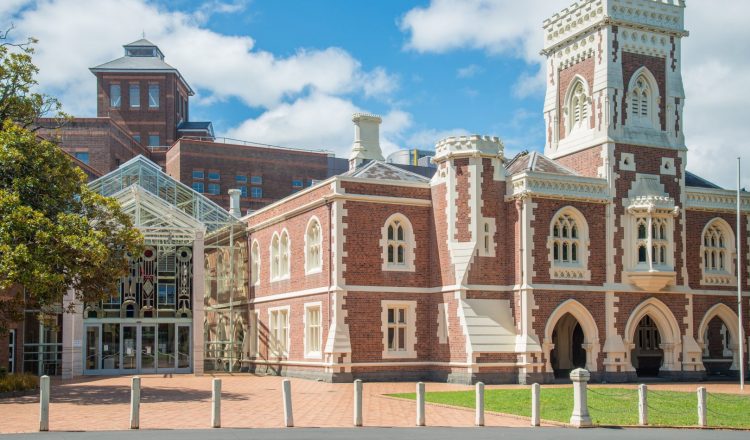《商务法》
《商业法》规定了新西兰的竞争法原则。《商务法》由商务委员会执行。
( a) 限制性贸易惯例
禁止以下限制性贸易惯例:
- 具有 “大幅度减少竞争” 的目的、效果或可能效果的合同、安排或谅解;
- 包含卡特尔条款的合同、安排或谅解,其目的、效果或可能影响为定价、限制产出或市场分配(某些合作活动、垂直供应合同以及联合购买和促销安排可能是豁免此规定,如果各方认为合作活动豁免适用,可向商务委员会申请审批);
- 为了反竞争目的,利用市场上的相当程度的权力;以及
- 维护转售价格(当供应商控制零售定价时)。
违规行为的处罚
对于从事限制性贸易惯例,可以下令处以高额罚款。对个人的罚款最高可达 50 万新西兰元。对公司的处罚最多可以是:
- 1000 万新西兰元;
- 违规行为所产生的任何商业利益价值的三倍;或
- 公司(及其所有相互关联的公司)营业额的 10%。
2019 年 4 月 8 日,《商业(卡特尔刑事化)修正法》获得通过,成为法律。它规定卡特尔行为为刑事犯罪,并修订了对卡特尔行为的处罚,对个人处以 7 年以下监禁或最高 50 万新西兰元的罚款或两者兼而有之。这项刑事处罚自 2021 年 4 月 8 日起生效。
( b) 大大减少竞争的收购
一般规则是,禁止将产生或可能产生大幅度减少市场竞争影响的兼并和收购。
“市场” 是新西兰商品和服务以及其他商品或服务的市场,实际上和商业常识可以替代它们。
集中度指标
商务委员会采用了某些 “集中指标”,就一项业务收购是否不大可能大幅度降低市场竞争提供指导。这些都是合并后的地方:
- 市场上三家最大的公司的总市场份额不到 70%,合并的实体的市场份额将不到 40%;或
- 市场上三家最大的公司的合计市场份额为 70% 或更高,合并后的实体的市场份额将不到 20%。
“纵向” 收购 (无论是上游还是下游) 也受《商业法》的约束,尽管对此类收购没有类似的集中指标。
清关
新西兰有自愿通知和清关制度。考虑收购的当事方如果对收购是否会导致竞争大幅度减少有疑问,可以申请批准。
离岸反垄断监管机构批准国际合并并不能保护新西兰的交易。如果合并涉及新西兰企业,而且该交易可能导致新西兰有关市场的竞争大幅度减少,各方应考虑是否应寻求商务委员会的批准。
商务委员会还可以寻求高等法院的声明:
- 海外人士通过在新西兰境外收购一家企业的资产或股份而取得了新西兰法人团体的控股权益;以及
- 收购该控股权益已经或可能产生大幅度减少新西兰市场竞争的影响.
如果批准了这种声明,商务委员会还可以向获得控股权益的新西兰法人团体申请各种命令,包括停止在新西兰经营业务、处置股份或其他资产或采取其他行动的命令法院认为符合该法的宗旨.
授权
如果合并会大大减少竞争,双方可向商务委员会申请授权。但是,由于双方必须使商务委员会相信,与合并相关的公共利益超过了反竞争伤害,因此很少获得授权。
违规行为的处罚
如果双方选择在没有事先获得批准或授权的情况下进行收购,而商务委员会认为该收购将大大减少竞争,则委员会可以寻求禁令(阻止进行收购)、“停止并停止” 命令,和/或撤资令。还可以下令罚款:个人最高 50 万新西兰元和公司最高 500 万新西兰元的罚款。
( c) 竞争研究
商务委员会还拥有以下广泛权力:
- 对可能影响商品或服务供应或购置的竞争的任何因素进行竞争研究 (包括研究市场的结构、条件和表现);以及
- 编写一份提交商务和消费者事务部长的竞争报告,记录竞争研究的结果,并提出广泛的建议。
这些市场研究可以由部长发起,也可以由商务委员会自行发起。

















































